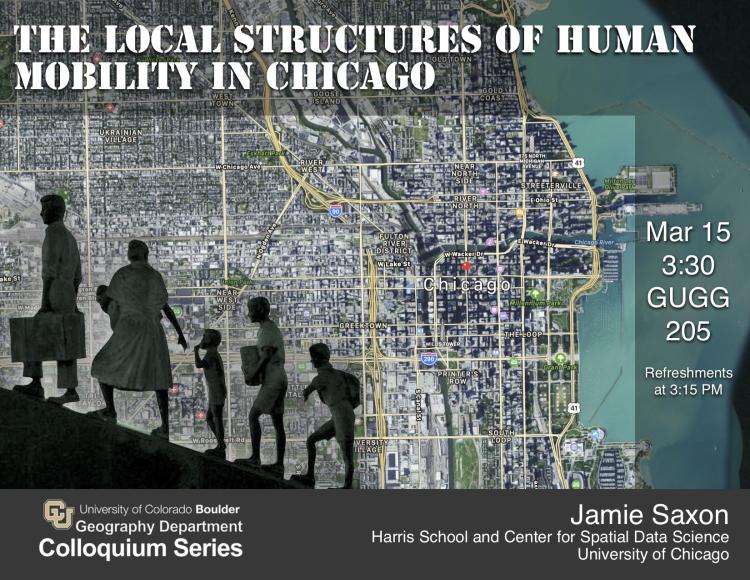A vast literature establishes the importance of social capital to neighborhoods. Jane Jacobs famously argued that this capital is maintained through "cross-use of space," and James Coleman formalized it as the "closure" of human interactions. Many of these interactions require human mobility, so neighborhoods with higher social capital should be distinguishable by more cohesive mobility networks. To test this hypothesis, I observe the mobility of Chicago residents through a large dataset of smartphone users. I construct a neighborhood-level mobility network for the city and characterize neighborhoods according to their local graph structure. Neighborhoods that are well integrated with their surroundings have higher income and educational attainment. Consistent with social capital theory and routine activity theory in criminology, higher local network integration independently predicts lower rates of violent and property crime. Outliers with higher integration than their neighbors are comprehensible through their social, economic, institutional, and historical context. The methodologies presented provide a new, meaningful, replicable, and inexpensive approach to the structural measurement of neighborhood networks and social structure.
James Saxon
Harris School
Center for Spatial Data Science
University of Chicago

